World Cup 2014: secrets of the Adidas Brazuca ball revealed
In 2010 the awful Jabulani stole the show for all the wrong reasons. Will the Brazuca do the same?
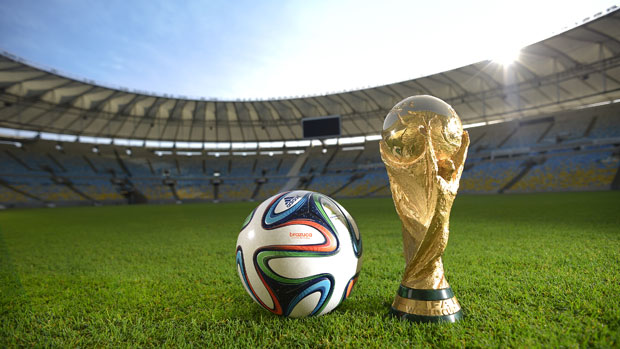
After the furore surrounding the Jabulani ball at the 2010 World Cup in South Africa, Adidas will be hoping its latest effort – the Brazuca – performs rather better than its predecessor when the action begins in Brazil.
The 12th official World Cup ball Adidas has produced since Mexico 1970 uses two fewer panels than the Jabulani and has longer, deeper seams that have been specifically designed to make it less volatile in the air. Adidas has also added 50,000 tiny bumps to give the ball better grip and avoid the "knuckling" effect that caused so much controversy in South Africa.
Weighing less than 440 grams, the Brazuca also boasts a water absorption rate of just 0.2 per cent, "meaning it can retain its shape, size and weight even in the rain", explains the Daily Mail.
The Week
Escape your echo chamber. Get the facts behind the news, plus analysis from multiple perspectives.

Sign up for The Week's Free Newsletters
From our morning news briefing to a weekly Good News Newsletter, get the best of The Week delivered directly to your inbox.
From our morning news briefing to a weekly Good News Newsletter, get the best of The Week delivered directly to your inbox.
The makers say they have learnt from criticism of the Jabulani ball. "We've done extensive analysis and the results have shown consistent and predictable flight paths with hardly any deviation," explained Adidas football director Matthias Mecking in a recent interview with the BBC.
The German company's director of innovation, Antonio Zea, said the ball's single panel shape had allowed Adidas to "optimise seam geometry and give the Brazuca far greater aerodynamic accuracy".
Of course that's exactly the type of technical jargon Adidas "rolled out for the Jabulani in 2010", notes Ben Popken of NBC, and look what happened there. Despite being unveiled as "the most stable and accurate ball ever", crippling design flaws that caused it to swerve all over the place soon came to light.
At speed the ball didn't spin correctly and as a result it frequently behaved like "an automated, almost sentient, orb incapable of staying on course", says Daniel Vincent of HITC. Critics likened it to an uncontrollable beachball.
A free daily email with the biggest news stories of the day – and the best features from TheWeek.com
But the Brazuca should be different, says Sam Tighe in the Bleacher Report. After all, "it can only be an improvement" on its "woeful, and largely uncontrollable" predecessor.
CNN, however, is less optimistic. Charting the lineage of the Brazuca, the broadcaster notes that while the venom aimed at the Jabulani was particularly potent, "it's hard to think of a World Cup tournament where a player or coach hasn't complained about the ball".
In 2002, the Adidas "Fevernova" was slated for being too light and favouring the more technical player; and in 2006 the heavier "Teamgeist" ball was criticised for helping strikers score too easily. Looking back, CNN concludes, "it seems as if there's been a great deal of controversy with every new World Cup ball".
Hoping to head off controversy this time around, Adidas included over 600 players in the development process, with stars including Lionel Messi, Bastian Schweinsteiger and Zinedine Zindane offering feedback.
The company even went to the trouble of sneaking the Brazuca into a number of international matches, including February's friendly between Sweden and Argentina, to see how well it performed.
"We absolutely wanted to make sure it had player approval," Zea explained. "But the official match ball is not an easy product to design so we had to think carefully about what would make the players love it – the feel, the design, even the colour."
Adidas can count Wayne Rooney among the converts. Rooney complained that the Jabulani had a tendency to "swerve off", but after practising with the new ball was pleased to report that he hadn't "seen any of that happening this time round".
So no excuses, then.
-
 Pipe bombs: The end of a conspiracy theory?
Pipe bombs: The end of a conspiracy theory?Feature Despite Bongino and Bondi’s attempt at truth-telling, the MAGAverse is still convinced the Deep State is responsible
-
 The robot revolution
The robot revolutionFeature Advances in tech and AI are producing android machine workers. What will that mean for humans?
-
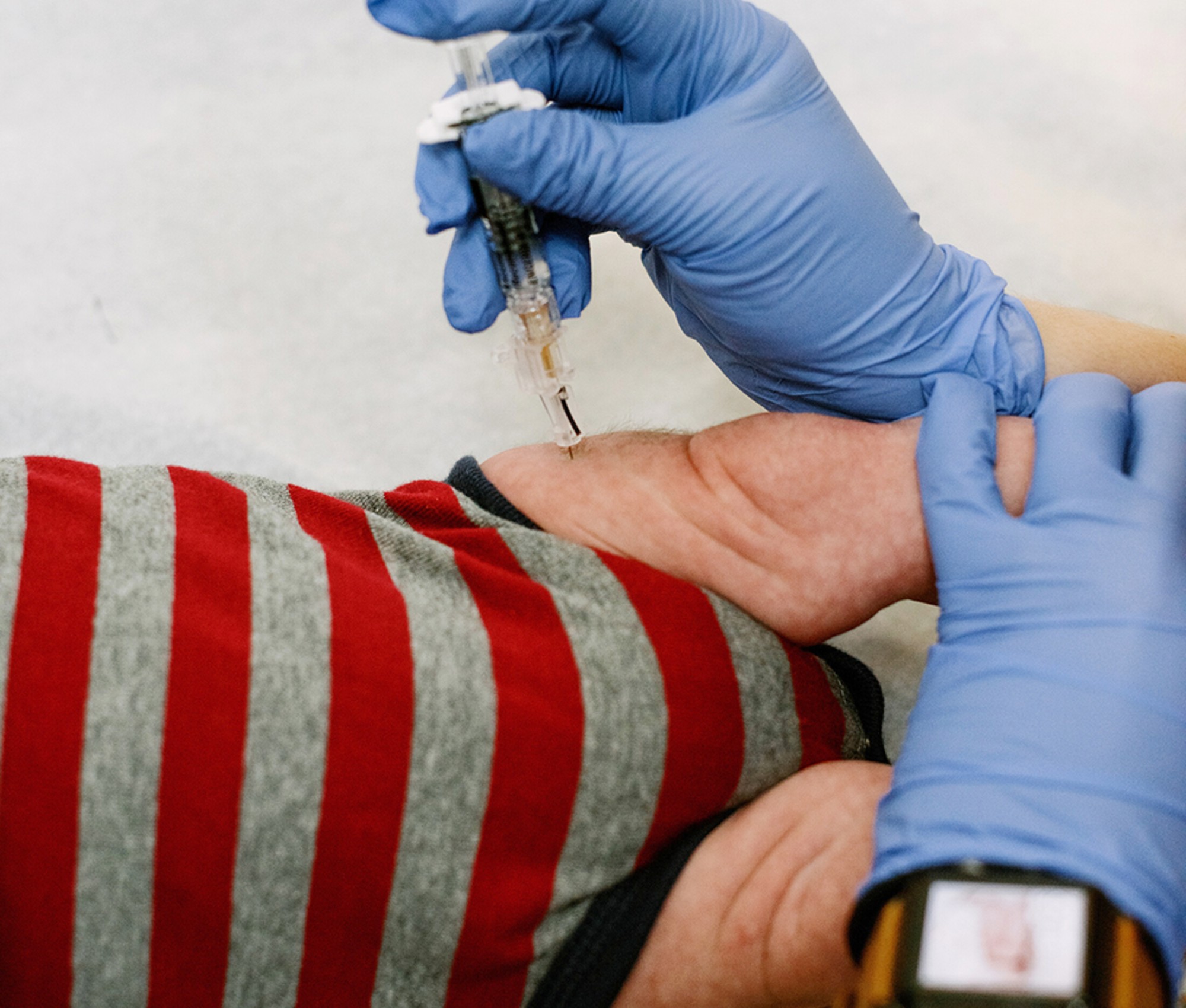 Health: Will Kennedy dismantle U.S. immunization policy?
Health: Will Kennedy dismantle U.S. immunization policy?Feature ‘America’s vaccine playbook is being rewritten by people who don’t believe in them’
-
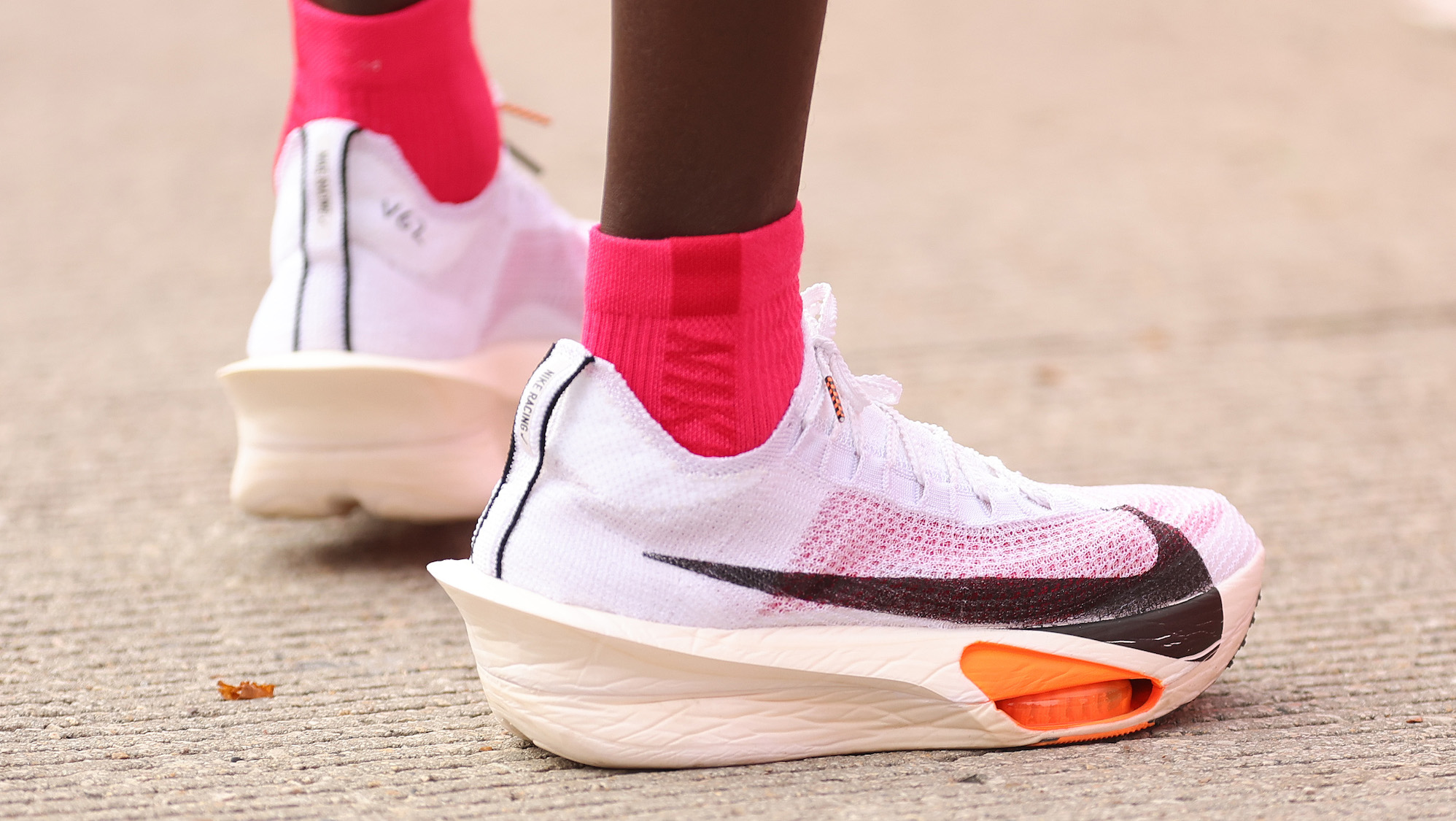 The super-shoes behind the race to break the two-hour marathon
The super-shoes behind the race to break the two-hour marathonThe Explainer A race between major sports manufacturers has seen marathon times get increasingly faster
-
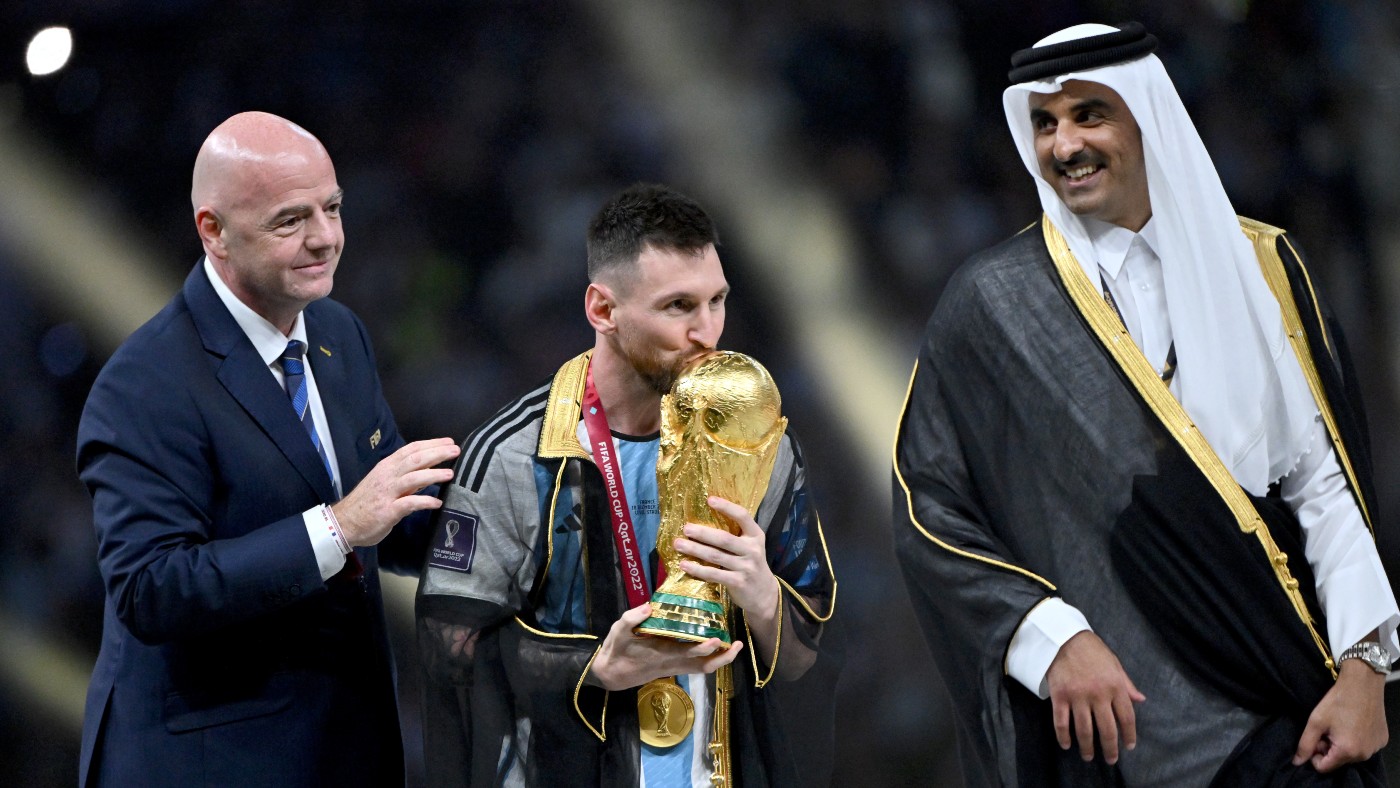 A tale of ‘two World Cups’: Messi, Mbappé and ‘money well spent’ for Qatar
A tale of ‘two World Cups’: Messi, Mbappé and ‘money well spent’ for Qatarfeature Amid sportswashing and human rights concerns, Qatar 2022 ended with the perfect final
-
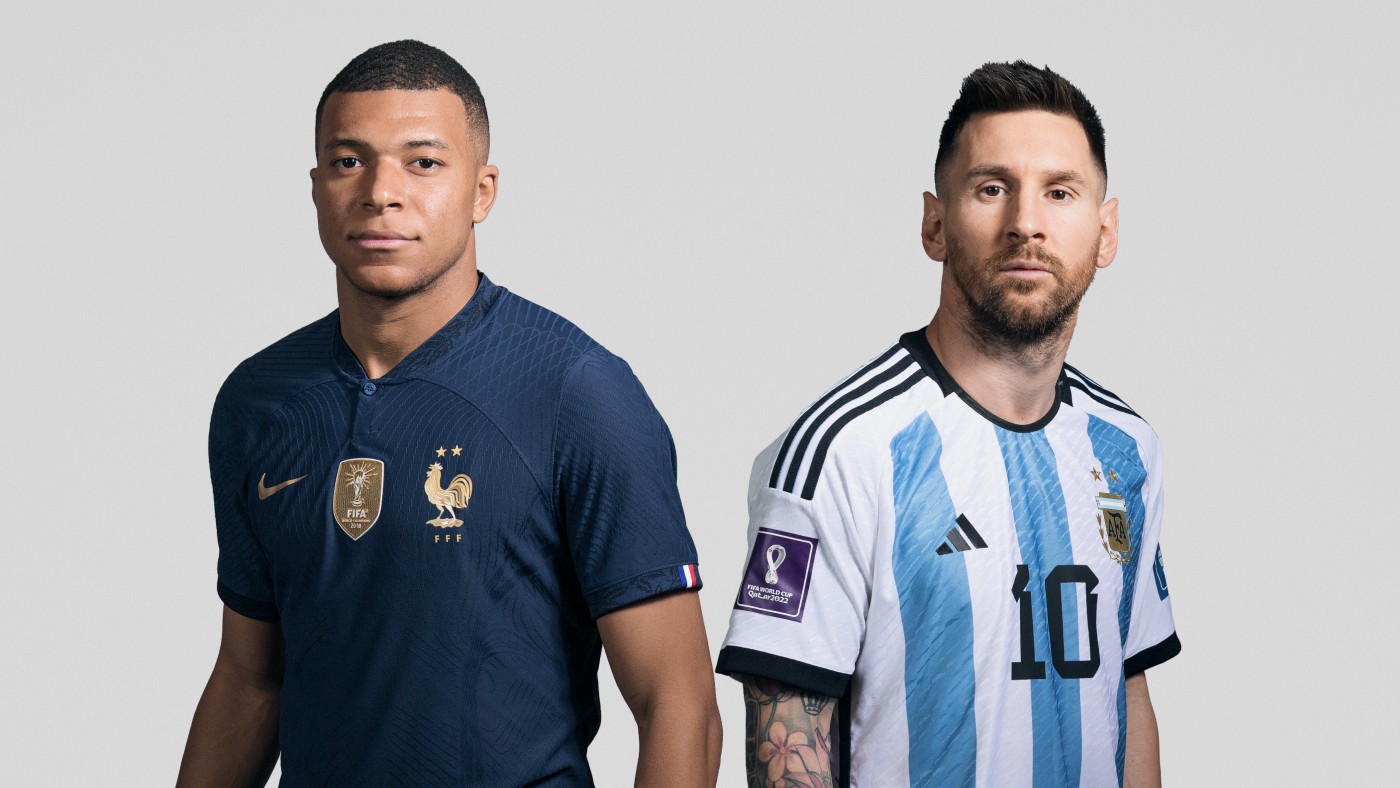 2022 World Cup final: Argentina vs. France prediction, preview, team news
2022 World Cup final: Argentina vs. France prediction, preview, team newsfeature Mbappé and Messi will go for glory, the golden boot, golden ball, and PSG bragging rights
-
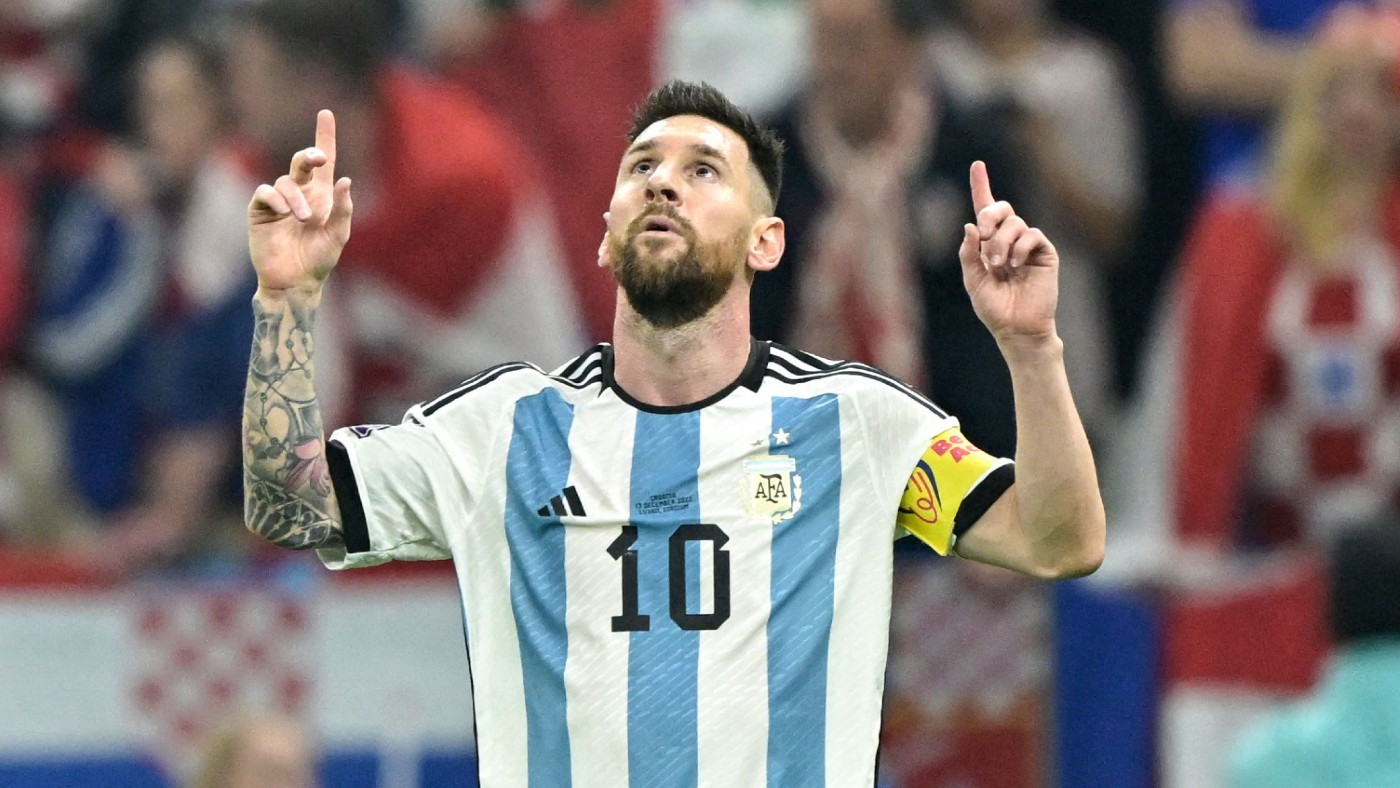 2022 World Cup final: Lionel Messi’s last chance to emulate Diego Maradona
2022 World Cup final: Lionel Messi’s last chance to emulate Diego MaradonaTalking Point Argentina captain is one win away from achieving the ultimate dream
-
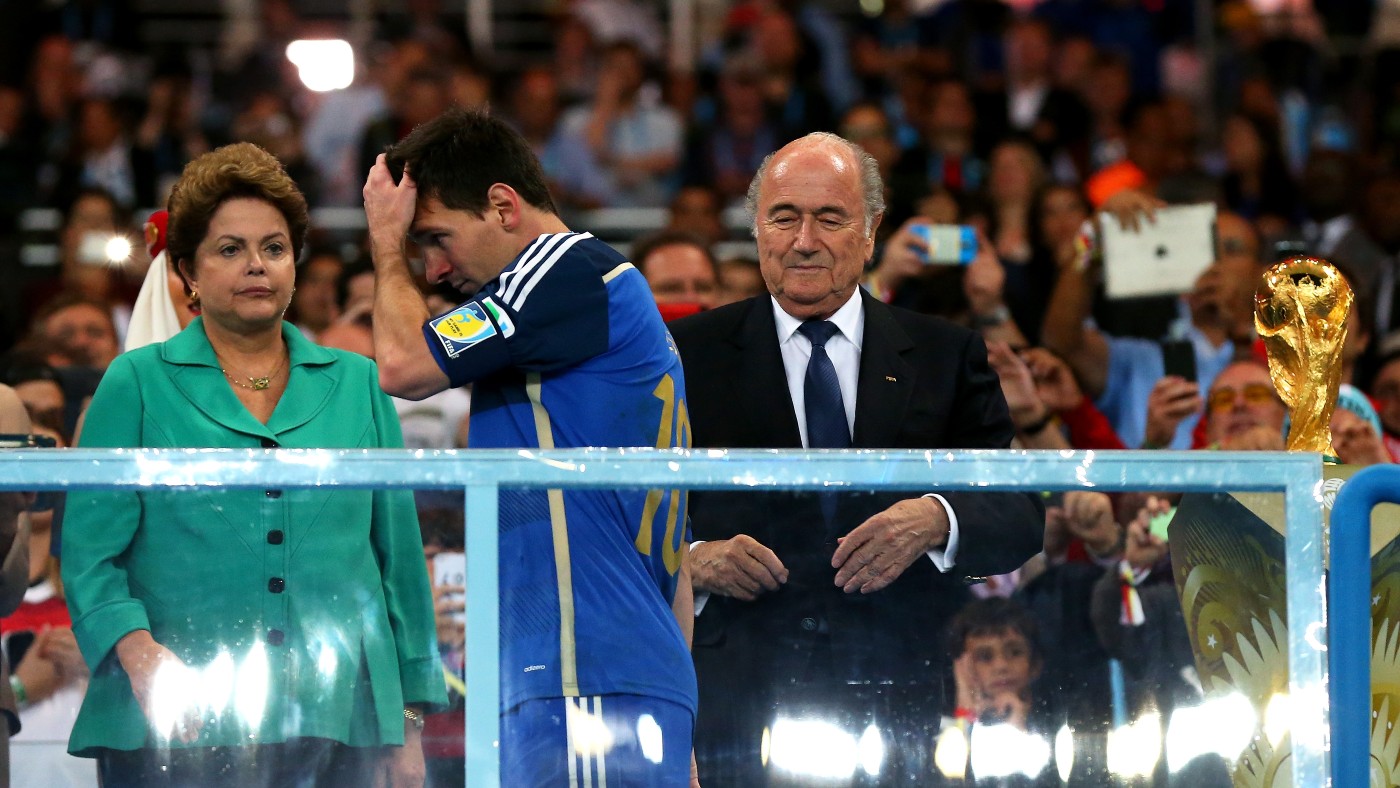 Lionel Messi’s World Cup dream: it really is ‘now or never’ for Argentina’s captain
Lionel Messi’s World Cup dream: it really is ‘now or never’ for Argentina’s captainfeature After lifting the Copa América in 2021, can he finally add a World Cup winners’ medal to his trophy cabinet?
-
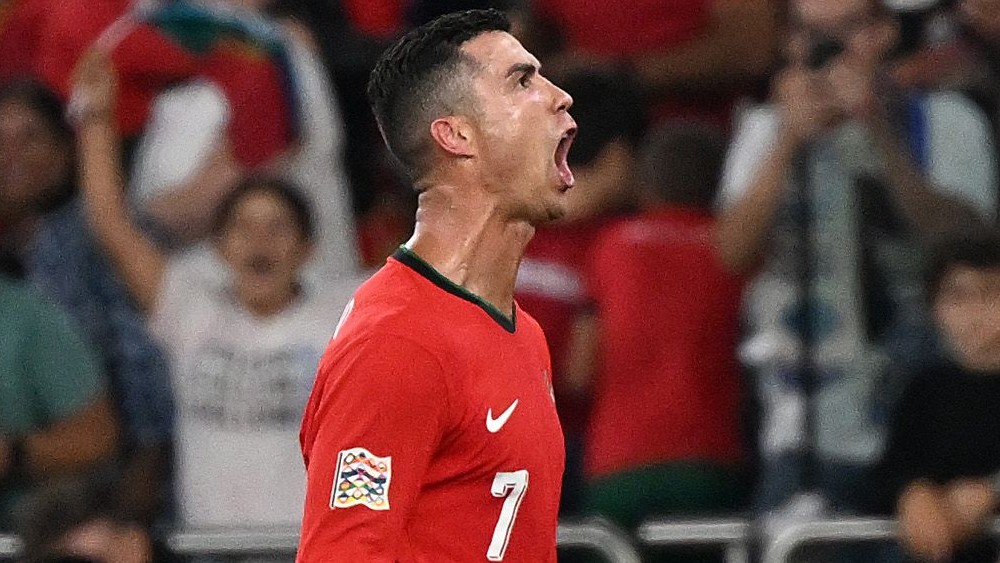 Cristiano Ronaldo vs. Lionel Messi: how they compare on goals, career stats and awards
Cristiano Ronaldo vs. Lionel Messi: how they compare on goals, career stats and awardsIn Depth Stars continue to break records and push their 20-year rivalry even as they enter the twilight of their careers
-
 Lionel Messi on PSG, Neymar and winning the Champions League
Lionel Messi on PSG, Neymar and winning the Champions Leaguefeature What the Argentine superstar said at his first press conference in Paris
-
 Lionel Messi to leave Barcelona: how the football world reacted to the ‘seismic’ news
Lionel Messi to leave Barcelona: how the football world reacted to the ‘seismic’ newsfeature ‘Financial and structural obstacles’ scupper Argentine’s new deal with cash-strapped Catalans